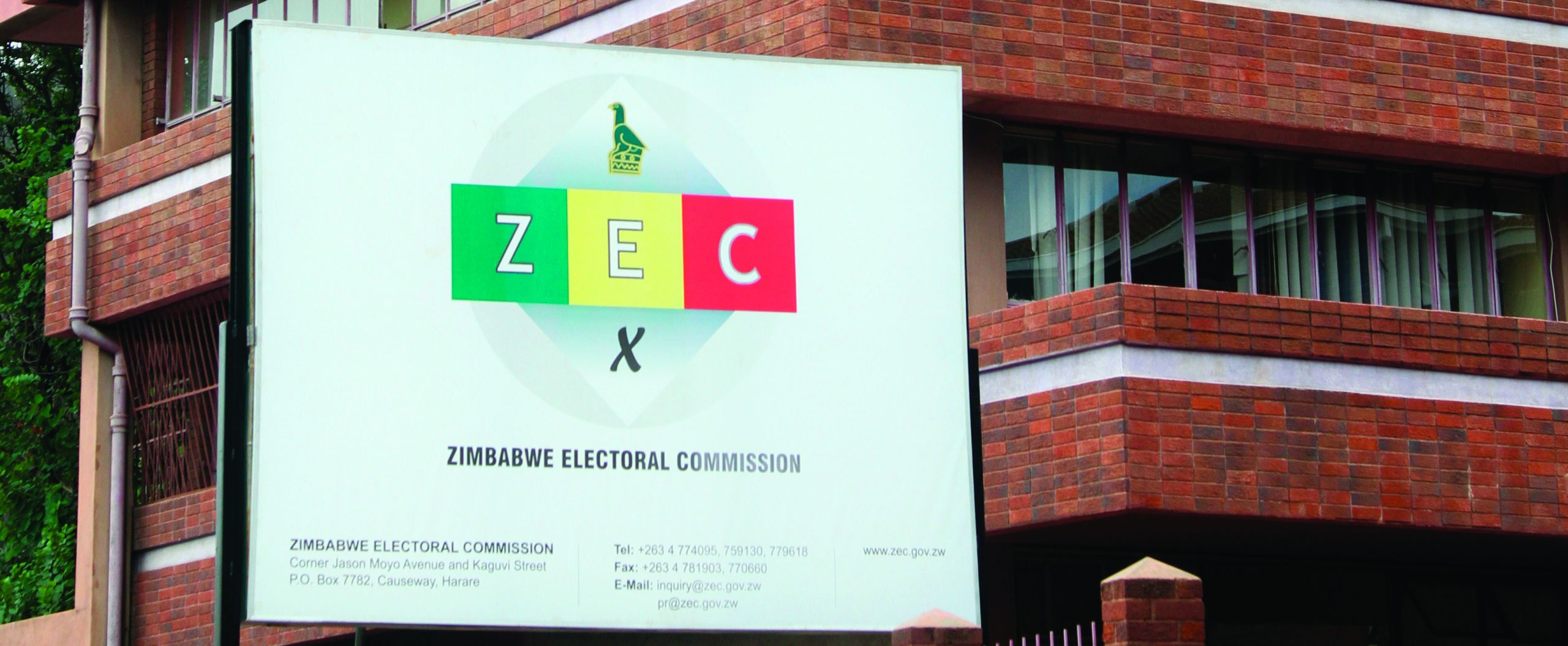
BY DR FARAI CHIGORA
Having explored and scratched the surface as we took an introductory note into the sphere of brand management in the age of entrepreneurship and industrialization in the last installment, in this edition we are going to unravel the tentacles that anchor brand management and its impact on entrepreneurship in the age of industrialisation. Like any transformational propeller in entrepreneurship for industrialisation, branding comes with its anchoring voices and elements helping to escalate and assert its stamina through identity, differentiation and claiming a purpose for existence. As raised in the previous edition, a brand needs to be supported by talking elements (those that connects with the hearts and mind of the markets). In particular those brewed from our own ecology to articulate both the orvet and corvet issues embedded in the existing brand so as to communicate to the six senses of the stakeholder and above all there soul. This is with the strategic aim to create a permanent residence within the mind and heart of existing and prospective customers.
This is true when the brand elements are crafted as a wholesale proposition of unique value to the stakeholder chain of the enterprise or SME. It is an accelerated build up from the initial wiring of systems and structures that contributes excellence in production and seamless delivery of product or service to the target markets. It is therefore critical to build a strong brand architecture through defining its key elements and how it will be positioned in the heart and soul of the customer for easy recall and purchase guidance along the purchase decisions. That is why on global space it has been difficult to pick a single element as one size fit all, rather we must experiment and build our own experience for our only local brands that can compete at the global scales. Our SMEs need to hasten in this trajectory and think beyond a logo to what reals matters as cogs for brand ascendancy.
Many seem not to understand what makes them unique on the global space, rather than being just a duplicate of the past (as discussed in the previous edition). Little investment in these aspects will mean very little returns, not only in the bottom-line but also goodwill that is supposed to go beyond a living anatomy. It is high time our enterprises should have a real meaning that is original and break new grounds by becoming larger than life brands yet they started small in the soils of Zimbabwe before being household names continentally and globally. An immediate example is that of Coca-cola a marketing company that managed to create an enduring brand that create memories through colored sugar and water — yet its highly positioned in the mind of the customer that it becomes a category. This is a situation of a customer pointing at a totally different beverage and demand “can I have that coke?” while pointing at competing products. In certain instances where total branding has happened, a product becomes a verb – a doing work! This is a typical example with the technology sector — Google is now as good as a doing word than a product or platform of communication. This happened because of the unique value proposition, yet frequently rather than not, our start-ups give do the bare minimum. Companies like Econet, started in this category to total branding leading to the services being a category, at time you would ask for airtime from the vendors, unless you specify they would bring you Buddie airtime.
These elements of total brand management can come as a single construct or bundled but what matters is the noise in making and showcasing the motive. It comes with art that connects the mind, soul and desire to buy. It’s a creation that is sentimental. Mostly it is the art of making what the market will believe and rely on to solve their problems. Largely these elements usher a dawn of lasting engagements and referrals through word of mouth that is facilitated by humans and machines.
If real industrialisation is to be achieved then let us nip the short term approach to brand management in the bud and structure a brand management that last the stretch. Also extending into the art as a fabric for brand creation is the animation craftsmanship. Instead of riding on the Disney World, Mickey Mouse as well as Tom and Jerry, why not develop our own unique ones from our on “big five” and all animations of the localised land. Hence, the new perspective of re-thinking brand management in the age of the internet and how it should stimulate local innovations and inventions utilising the arts, sports and cultural capabilities. These will have a meaning in connection to our heritage and the voice of the brand. They talk the known rather than experimental and fiction and easily relates to the very core of branding – the soul. This will then set the tone fore engagement with the foreign markets and possibilities for collaborations and partnerships — as equal business players rather than through a student — master relationship. The advent and magic of information technology using Uniform Resource Locator (URL) is another cavity to be treated of our enterprises. This is a worldwide linkage as an element for globally networked brand positioning. Brands should talk to the world and it is through these platforms where brands will make friends and partnerships for real investment. As history has proven that many SMEs lack such experiences, it is probably time to demystify this tradition through execution of responsive strategies through effective utilisation of new technologies for profitable returns on investments. When packaging the products, SMEs and enterprises should aim at creating a lasting experience that should contribute towards creating a lasting ecosystem of experience around the customer to appealing to the entire five senses.
We equally need to localise our brand voices for easy of creating experiences through empowering our local personalities as the voice of the brand. We should escalate further from just giving these individual likes on various social domains to partnerships for real publicity (thanks to those who are already in this practice). Our own home grown celebrities (arts, business and sports) come with their advantage from localisation through language and translation of what captures our markets. This is highly sustainable, for example Zimbabwe is home to Shihan Samson Muripo the only black Karate sportsman to lift the world cup title twice in a space of 10 years — these are underutilised brand management voices. If properly utilised, they promote linkages and unbridled value chains that goes beyond internal business proposition to community engagement and corporate social responsibility. All these by-in issues goes a longer way in strengthening the brand building process to be an association for competitiveness.
This opens other endorsements for self-accreditation which will be appreciated by the world through further followership and patronisation. Brand slogans have helped in strengthening brands at all levels to the national economy. Brand enterprising is very possible through creation of brand slogans that talk the vision and mission in simplified messages.
- Chamisa under fire over US$120K donation
- Mavhunga puts DeMbare into Chibuku quarterfinals
- Pension funds bet on Cabora Bassa oilfields
- Councils defy govt fire tender directive
Keep Reading
This requires taking a long cast in terms of planning; building successful teams, an oganisational culture which will comply and is in sync with the vision. Highly to consider is an addition of intellectual property rights as an ownership element of the brand. One that declares a signature which no one else will imitate, but only to come closer. Therefore, it is imperative to consider the aforementioned as not only prescriptions but enabler nodes for brand setting towards crafting visible entrepreneurship which will industrialise through lasting brands that will talk beyond vision 2030. With these it is important to consider:
Localised brand element for heritage
We have our heritage to share with the future generations. This is highly achievable if we consider the gifts of our nature in crafting brand elements that preserves our own identity. It come with an added advantage of enhanced uniqueness from our ecology that will not be copied and can expose imitators (the proudly Zimbabwe drive).
Partnering with creative arts and sports
Creative arts and sports promotes novelty in brand construct. This works as a basis for mix of colours, creation of jingles, symbols, animations and slogan that counter competition and aesthetic to the needs of our targets. These helps in clarifying our brand positioning and expectations crafted as a drive to reflect the invisible that connects the emotions to capture minds and heart of the world.
Stakeholder involvement in construct
It is important to understand all those affected by our brand as we come up with the proper and acceptable elements. Especially getting into the mind of the customer first before developing any colour mix or logo. This achievable through research and consultancy.
Learning for the best
Learning not imitating especially the craftsmanship of global successful brands of our lifetime (what have they done right and wrong) so that we find our perfect fit in the jigsaw.










